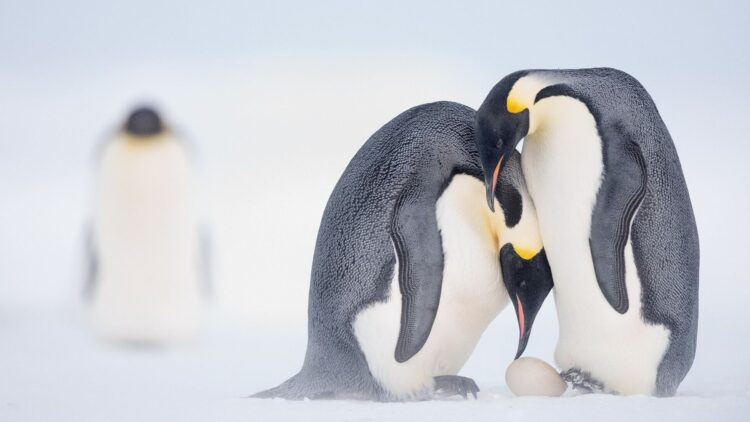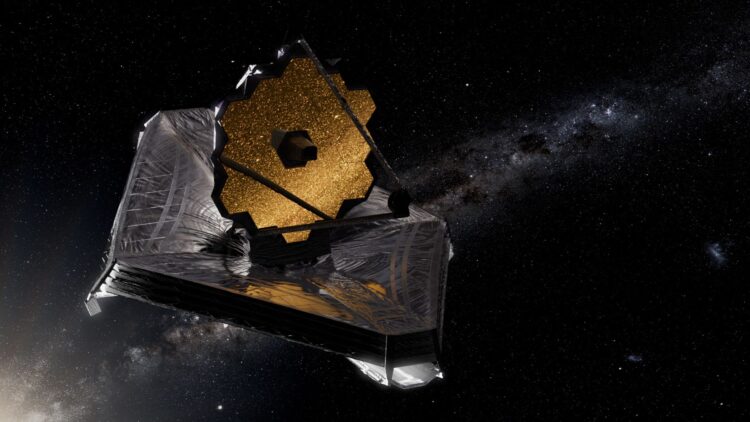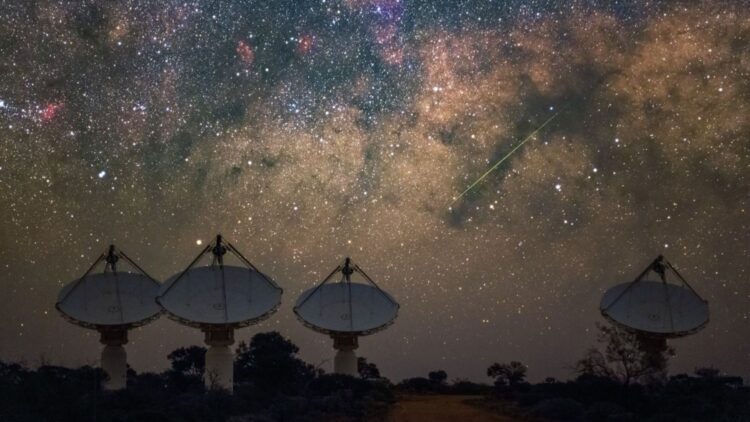Neither Walmart nor Amazon – Costco and RH expand their advantages for high-level members with access to VIP services and experiences
Goodbye to the AirPods you knew – revolutionary new features coming to Apple’s AirPods leak out
NASA makes it official – ‘Cosmic Dawn’ shows how the James Webb telescope is changing everything we knew about the origin of the cosmos
New findings from the prehistoric period in the Antarctic! An international group of scientists have found some paleontological findings, probably one of the most surprising in the last couple of years. A 34 million year ecosystem was around 1.24 miles under the Antarctic ice, which gives some clues on how life was before climate change was a thing. Thanks to science and environmental advances, it is possible to study this findings to better understand the evolution of ecosystems and their behavior on the planet cooling.
So many things are happening in the Antarctic
, but this finding is good news because it means more data for scientists. So, let’s see more in detail what this surprising finding is and how scientists found it.
Antarctica
This is a continent in the southern hemisphere of the Earth and its weather is the coldest, windiest and driest on Earth. The Antarctic region is covered by thick sheets of ice, where scientists found the paleontological finding we are going to talk about in this article.
To be more immersed in the story of the finding, you should know these key facts about this place:
- About 98% of Antarctica is covered in ice.
- Penguins, seals and whales live here.
- Temperatures can reach -80ºF and even lower in winter.
- It’s a key place for climate research about the Earth’s past climate and current climate change.
The finding
A group of international scientists led by experts at the University of Tasmania, Australia, made an important discovery for science.
Under all the Antarctic sheets of ice, they found frozen sediments from 34 million years ago. When they analysed them, they realised they were in possession of microfossils like plankton, diatomeas (microscopic algae) and foraminifera (small marine organisms that help studying ancient climate). Apart from microfossils, they found plant remains, organic matter, well preserved sediments and clues of life in this ecosystem.
Basically, they found a frozen world where there were small fossilized living beings showing a different ancient planet, with less warm seas, more life and less ice.
Tools used to reach the ancient ecosystem
As always, technological advances are essential for scientists and their research. So, to analyze what they have found in The Antarctic, they used several tools: powerful microscopes to see tiny organisms and computer modeling to picture how landscape, the sea and climate was at the time.
How is this important for science?
This 34 million year ecosystem belongs to the end of
the Eocene period
, right before a huge extinction happens because of climate change. Thanks to this well preserved ancient ecosystem, scientists can understand many aspects of the past and future Earth:
- How climate was in the past: the sediments are from an important period, the end of the Eocene era, when the Earth started to have a colder temperature.
- What type of life there was before the Earth started cooling: in ancient times, there weren’t huge sheets of ice in the Occidental Antarctica.
- The future of Earth with the current global warming: what happened millions of years ago can help to predict what could happen in the present with the current climate change.
What about us?
Of course this finding is crucial for us! The fact that scientists have a chance to predict future negative consequences of climate change on Earth is very beneficial. If institutions know what is going to happen, they can plan a strategy in advance.
Don’t underestimate any scientific discovery, they are always useful. If they are not used now, they will be in a further study and we will be very thankful for that original discovery we thought it was nothing.




